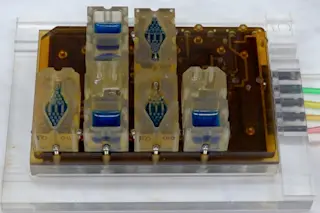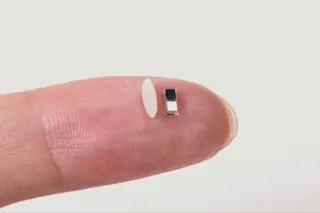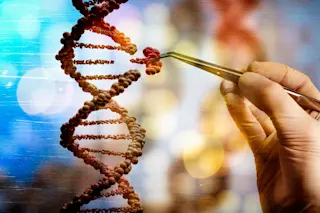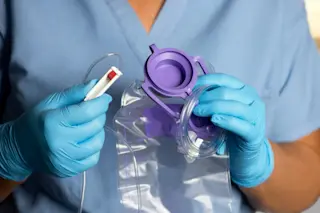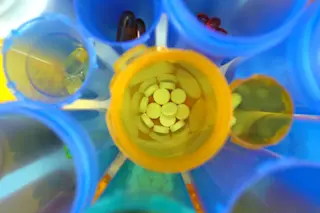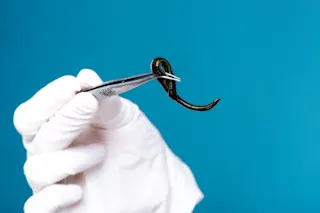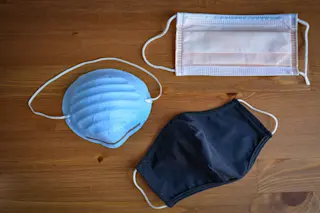The EVATAR system. Each cube represents a different organ, and the blue fluid stands in for blood. (Credit: Northwestern University) A collection of human cell-lined boxes successfully reproduced the female menstrual cycle, marking another step forward for so-called "organs-on-a-chip." Researchers at Northwestern Medicine have re-created the organs of the female reproductive system in an artificial environment and linked them together. By pumping a blood-like medium through their system, they coaxed the tissues into normal functionality, which includes the production of hormones and other chemicals that regulate menstruation. The reproductive system on a chip will act as a model to help researchers understand diseases like endometriosis and fibroids, as well as cancer and infertility.
The system, called EVATAR, is the result of a collaboration between several researchers at Northwestern, each of whom developed a different organ to be ultimately linked together. The entire artificial reproductive system is small enough to be ...


